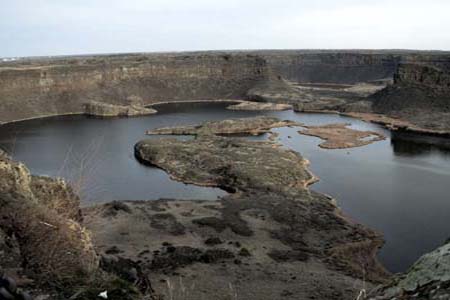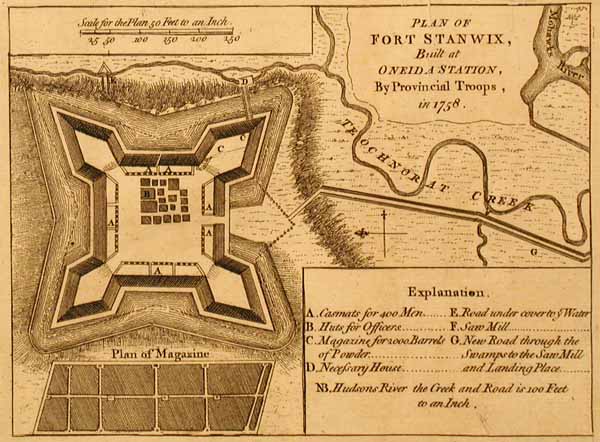 |
 |
 |
Photographs (left to right): Bracket Fungus, Adirondacks, New York; Black headed Vultures, Florida; Dry Falls, Washington
Wampum Belt Archive
Fort Stanwix Treaty Belt

Original (Clarke, 1931)

Reproduction (R. D. Hamell) Feb. 20 2001
Original Size: |
Length: 15.5 inches. Width: 2.0 inches. Rows wide: 7. |
Reproduction: |
Beaded length: 18.3 inches. Width: 3.0 inches. Total length with fringe: 30.3 inches. |
Beads: |
Rows: 104 by 7 beads wide. Total 728 beads. |
Materials: |
Warp: artificial sinew. Weave: artificial sinew. |
Description:
This belt bears six diagonal purple bars, or braces, arranged in pairs on a white background. White denotes peace and friendship while the diagonal bars are supports to the Long House, the symbol for the Confederacy or the Six Nations. The original is made on buckskin thongs. When the peace treaty between the Six Nations of the Iroquois and the United States was signed on October 22, 1784 at Fort Stanwix (site of Rome, N.Y.) this belt was made and used to record that event. It was once the property of General Peter Gansevoort and was presented to the Museum (NYS) by his granddaughter, Mrs. Abraham Lansing.
Quote Bardeau (2011)
This belt was presented by the Six Nations at the Treaty of Fort Stanwix on October 22, 1784. It shows six diagonal purple bars, and two vertical bars woven on a white background. It is strung with buckskin thongs. This belt recorded the peace “between the Hodinöhsön:ni´ and obtain a cession of certain Hodinöhsön:ni´ territory, as recognized in former treaties. The United States informed New York Governor, George Clinton, that it had appointed two commissioners to negotiate treaties with the Indians. It asked Clinton to provide the necessary armed forces to protect the commissioners during the negotiations. Clinton replied to the commissioners, in part: “I shall have no objections to your improving this incident to the advantage of the untied States, expecting, however, and positively stipulating that no agreement be entered into with the Indians residing with the jurisdiction of this State, (an with whom only I mean to treat) prejudicial to its rights.”
The choice of Fort Stanwix was made by the Hodinöhsön:ni´. The State Commissioners arrived before the federal delegates and tried to obtain concessions from the nations. However, the Hodinöhsön:ni´ announced that they preferred to deal with the United States. The treaty with New York State concluded on September 10, 1784. In the end, Clinton reminded the Hodinöhsön:ni´ that under “ancient rule”, none of the nations could cede lands within New York without the state’s consent.
The negotiations with the federal government lasted 19 days. The U.S. demanded 4 conditions for peace and protection under the federal government. Included in the agreement was a new demarcation line; all territory west of that line would be ceded to the United States. To lessen the loss, the U.S. gave some “gifts”, most notably annuity and a land in Pennsylvania to Cornplanter for the exclusive use of his descendants.
The Fort Stanwix Treaty fostered further disagreements between the people along the Allegheny River (Cornplanter’s followers) and those at Buffalo Creek (followers of Framer’s brother). Joseph Brant at Grand River began to try to expand the confederacy to include the western nations. Pennsylvania quickly stepped in and purchased newly available land that bordered its boundaries. Finally, the American military expansion into Ohio resulted in constant military conflict for the next 10 years.
 |
Reference:
Bardeau, Phyllis Eileen Wms. 2011. Definitive Seneca: It's In The Word. Jaré Cardinal, editor. Seneca-Iroquois Museum Publisher, Salamanca, New York, 443pp.
Clarke, Noah T. 1931. New York State Museum Bulletin No. 288, Fig. 21.
 |
 |
 |
 |
 |
 |
 |
 |
|---|